Hockey is a visual game that can be tough to quantify in stats, and evaluating a player based solely on stats can lead to an inaccurate assessment. However, there are basic stats, if used correctly, that can tell a clear story on what a given player contributes to his team. Some stats are commonly used as arguments to claim a player excels in a specific field or imply certain characteristics of a player. Unfortunately, a significant number of basic stats are incomplete, misleading, or don’t tell a fan about a player and their contributions.
Plus/Minus – The Worst Way to Determine if a Skater Is Good at Hockey
Plus/minus was created in 1967-68 as a stat to evaluate a player’s overall play in a game and their production for a team. The intention was understandable, considering there was no official stat to determine a player’s overall production and value. Unfortunately, the stat has proven to be incomplete and a poor way of determining if an individual helps his team over the course of a game or a season. For a stat that is often referenced and used as an argument for a player having a good season, there are more than enough reasons to question the numbers that the plus/minus shows and disregard the stat altogether.
The first issue in the stat is seen in the 2020-21 regular season’s leaders, where Mikko Rantanen led the NHL with a plus-30 plus/minus. Granted, Rantanen is a talented player and arguably one of the best in the game, but he is far from the most complete player in the NHL. The first noticeable problem with the stat that arises is that it doesn’t measure a great player individually; rather, it measures good players on great teams. Mikko Rantanen played for the Presidents’ Trophy-winning Colorado Avalanche and played the majority of the season on the same line as Nathan MacKinnon and Gabriel Landeskog, two of the best forwards in the NHL. Additionally, the top 16 players in plus/minus this season were all on playoff teams, while Joel Edmundson was the only one in the top ten on a team that had a losing record in the regular season (the Canadiens only won 24 of their 56 games this season).

This leads to the next issue, where the stat conversely punishes players that spend more time on ice on losing teams or some of the worst teams in the league. Rasmus Dahlin posted the worst plus/minus in the NHL in the 2020-21 regular season with a minus-36 as a defenseman that scored 23 points and spent a team-leading 1,210 minutes on the ice while playing all 56 games for the Buffalo Sabres. He played every game for one of the worst teams in the NHL, and five of the bottom 10 players in the stat played for the Sabres, indicating how bad the team was this season. In fact, Blake Wheeler of the Winnipeg Jets, with a plus/minus of minus-17, was the only player in the bottom 20 on a playoff team, with the majority of the players on the list playing their games for some of the worst teams in the league.
The stat ultimately rewards players for spending more time on the ice on a winning team, regardless of whether they are responsible or not for the team’s success. While the assumption is that a good skater who spends more time on the ice will have a direct correlation to a great team’s success, it fails to explain why the Hart Trophy winner, Connor McDavid, had a plus-21 plus/minus, which tied for 23rd along with Auston Matthews, Mitch Marner, Jake Muzzin, Ian Cole, and Craig Smith. For a stat that tries to determine which player is playing great on both ends of the ice and how a player contributes to a team, it fails to give a clear picture or even describe what the stat is intending.
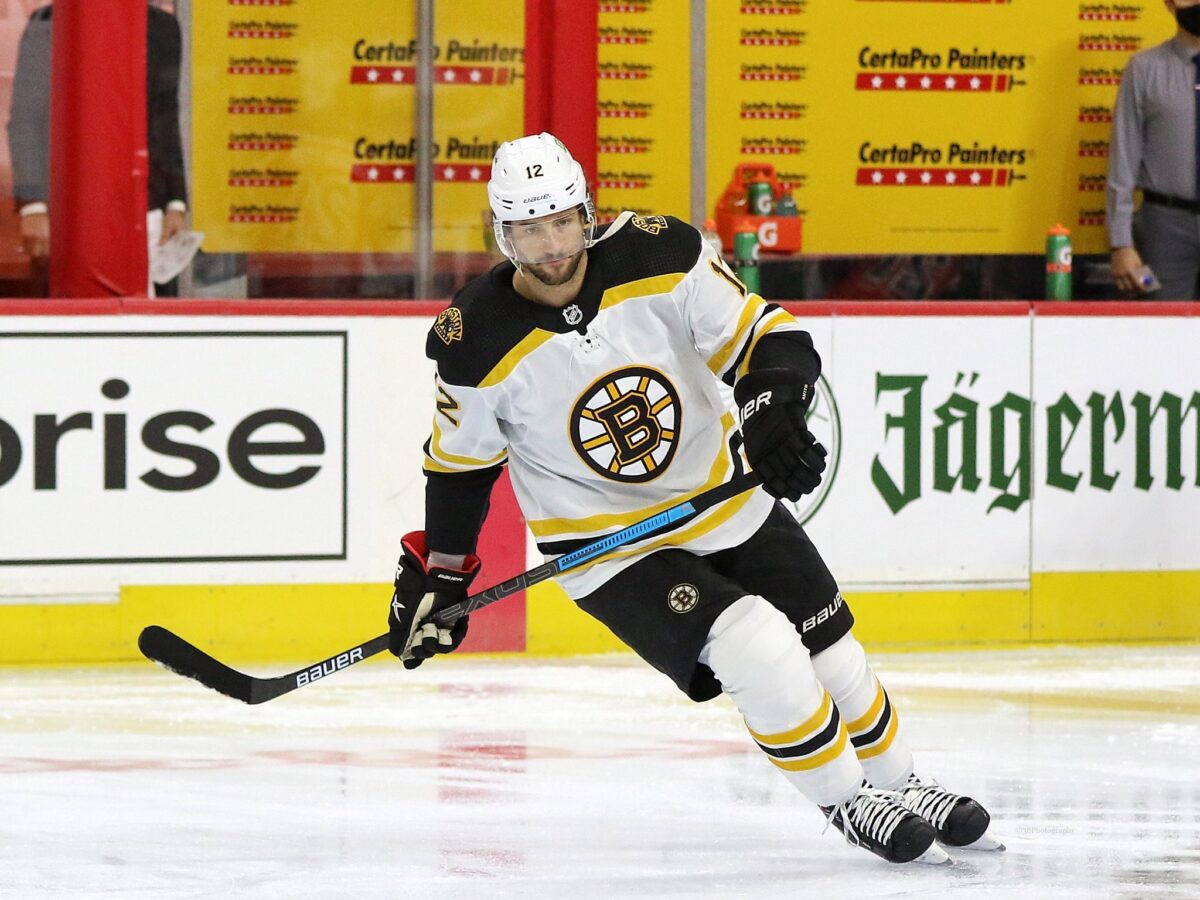
The plus/minus stat ultimately fails, considering how it’s measured. When a goal is scored, the scoring team gets the plus, while the minus goes to the team that allows the goal. This implies that everyone on the ice for a team is equally responsible for the goal scored, and similarly, if a goal is allowed, which anyone watching the game will tell you, isn’t applicable. Think of how many times a skater will create an odd-man rush by themself and score an unassisted goal. Does everyone on the ice for that team deserve the plus? When a defenseman misses an assignment to allow for an easy goal, does everyone diverse the minus? Not all stats are equal, and most stats are flawed, but the plus/minus is among the most flawed yet is a mainstay among basic stats in the NHL.
Recently, a more advanced stat known as point shares has started to take off and measures player’s production both offensively and defensively. The stat tries to quantify the number of wins or value a player provides to his team, calculating multiple factors, something the plus/minus stat failed to achieve. The stat is also divided into offensive and defensive point shares to allow a better understanding of how a player is contributing to his team where their strengths are on the ice. While the point share stat still leaves room for error, it provides a more accurate assessment for measuring a complete player.
Assists – Hockey’s Unreliable Narrator
Assists are an integral part of an offense, and great passing is necessary to win games. The assist, however, is unable to tell you if a player is good on the offensive end of the ice. The multiple problems with assists start with the secondary assist or “hockey assist,” which equally awards the last two players to pass the puck to the scorer, regardless of the difficulty or skill the play required. Moreover, a defenseman that creates a turnover in the defensive zone and sends the puck down the ice for an odd-man rush will receive a well-earned assist if a goal is scored off his initial pass or another pass from the teammates. But he won’t earn the assist if the offense passes the puck in the offensive zone at least two more times to score the goal.
It’s worth noting that not all plays, assists, and even goals are equal. A primary assist can be more difficult and thus more responsible for a goal than the shot on the net, and the same is true of the secondary assist. Similarly, there are “fluke goals” where the goaltender made an obvious error, or the puck takes an odd bounce to create an easy scoring opportunity, making anyone question all those rewarded a point for the goal. Assists, in particular, mislead someone to believe that a skater on the ice is an offensive playmaker when that is simply not the case.
Defenseman Adam Fox distributed 42 assists, helping him win the Norris Trophy while scoring only five goals on the 2020-21 season. A split like this is common with the defensive position as the responsibilities are different from a forward who plays closer to the net on the offensive zone and must create scoring opportunities for the team. Similar to Fox, defenseman Tyson Barrie scored eight goals and added 40 assists. But it’s easy to question his contribution and value to the offense considering he played on the Edmonton Oilers, allowing him to find many of his assists as a result of two of the top goal scorers in the game in McDavid and Leon Draisaitl, who combined for 64 goals in the regular season. This leads to a major problem with the assist stat, where the stat itself is a measurement of a shift that was on the ice or the team itself and the individual’s ability.
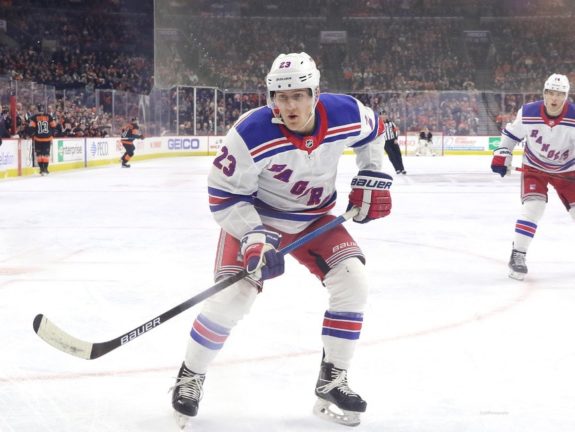
Mitch Marner and Nathan MacKinnon, two of the top five skaters in assists this season, scored 47 and 45 assists, respectively. But it exposed the issue where some of the top players in the stat received help from their shifts. Marner and MacKinnon are two of the top players in the NHL, but the high assists totals indicate they played alongside great players with the Avalanche and Maple Leafs’ top shifts, boasting some of the best goal-scorers in the game. Auston Matthews led the NHL with 41 goals for the Maple Leafs, while Mikko Rantanen and Gabriel Landeskog combined for 50 goals for the Avalanche. The numbers don’t discredit the talent of the two skaters; rather, they indicate they played alongside other great skaters, hence the high assist totals. The assist ultimately fails to value an individual rather only gives a fraction of what the player brings offensively.
When measuring the offensive capabilities of a skater, it’s important to keep in mind a player’s number of goals in addition to their assist total. When a skater has a high assist number but a low number of goals on the season, it starts to raise questions about how the player contributed offensively to the team. While points compile the two stats, it’s important to look at each one individually when evaluating a skater’s overall offensive performance, especially if one of the numbers is significantly lower than the average.
Goaltender Wins – A Goaltender Receives Credit for an Entire Team’s Work
Wins are a team stat and not an individual stat. More so than other sports, hockey requires a team effort, with all 20 players on the roster contributing to each game. This leaves us with a goaltender win, which credits one player for the win despite everything that goes into a game and how the goaltender contributes to the roster.
The correlation between goaltender wins and goal support was prominent from this past season, with three of the five leaders in the stat on top five scoring teams. Avalanche goaltender Philipp Grubauer, one of the three Vezina Trophy finalists, received 30 wins in the past season but played for a team that scored a league-high 3.52 goals per game and scored 3.63 goals per game when he was in the net. Similarly, Marc-Andre Fleury and Tristan Jarry won 26 and 25 games, respectively, but also played for two of the top offenses in the NHL, with the Vegas Golden Knights scoring 3.39 goals per game and the Pittsburgh Penguins scoring 3.45 goals per game.
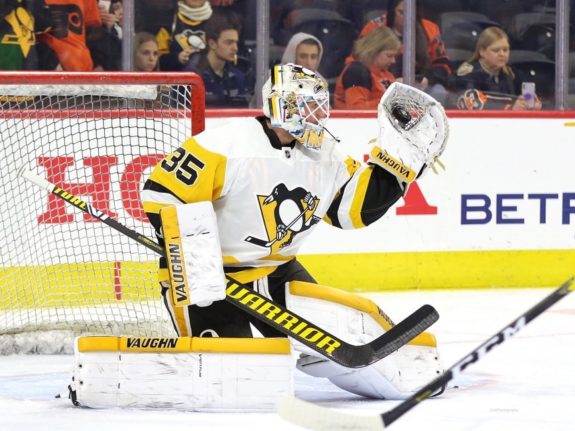
The goaltender win also quickly discredits goaltenders on poor teams, especially those that play on teams with poor offenses. John Gibson of the Anaheim Ducks only won nine games in 35 starts in the 2020-21 season, while Ilya Samsonov of the Washington Capitals won 13 games in 18 starts, but only one goaltender benefitted from the great overall team and one of the best offenses in the NHL. Gibson put together a .903 save percentage and a 2.98 goals against average in the process of facing 1042 shots, while Samsonov put together a .902 save percentage and a 2.69 goals against average in 499 shots. The stats are similar, with a significant number of more shots being taken by former of the two goaltenders, but the Ducks only gave their goaltender 1.95 goals per game, while the Capitals gave their goaltender 3.68 goals per game, allowing for more support and wins.
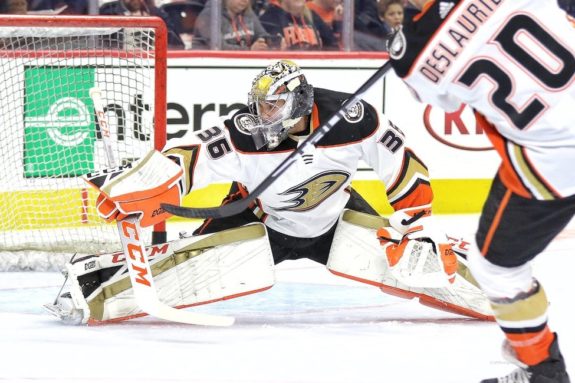
The counterargument for the goaltender win being a valid measurement and making the case for a Hall of Fame goaltender is longevity. After all, a goaltender that compiles wins over the course of a career implies that they were a great goaltender for a long time. While mostly true, it still leaves room for a goaltender that spends a majority of his career on a struggling or even average team to have fewer wins and a worse résumé. Carey Price is arguably the best goaltender of the past decade and is a guaranteed Hall of Famer. Yet, he has 132 fewer wins than Marc-Andre Fleury despite a similar save percentage (.917 to .913) and a similar goals against average (2.50 to 2.55). The major gap in wins is explained more accurately with the teams the two goaltenders played for, with Price playing on a wide range of Canadiens teams, while Fleury spent the majority of his career on great Penguins teams, including three Stanley Cup championships.
Ultimately, the win stat should be discarded when considering a goaltender’s Vezina Trophy résumé and the season put together. Wins are what every team is hoping to accumulate in the game of hockey, and good goaltending plays a key role in winning games but is not the major factor. A good goaltender doesn’t play defense, control all the zones on the ice, or score the goals for their team; rather, the goaltender controls the shots on the goal and stops the opposing offense from finding the back of the net. For measuring a goaltender’s success, it is vital to look at multiple stats that provide a different understanding of a goaltender’s capabilities.
Save Percentage & Goals Against Average – It Counts in Volume
Andrei Vasilevskiy had a 2.21 goals against average and a .925 save percentage in the 2020-21 NHL season, both of which were career-highs for the 26-year-old goaltender. Unfortunately, the Tampa Bay Lightning goaltender didn’t win the Vezina Trophy, finishing in second place behind Marc-Andre Fleury. Fleury did put together better numbers at first glance, with a 1.98 goals against average and a .928 save percentage, but when accounting for volume and overall workload, those stats feel incomplete and ultimately punish Vasilevskiy for more starts.
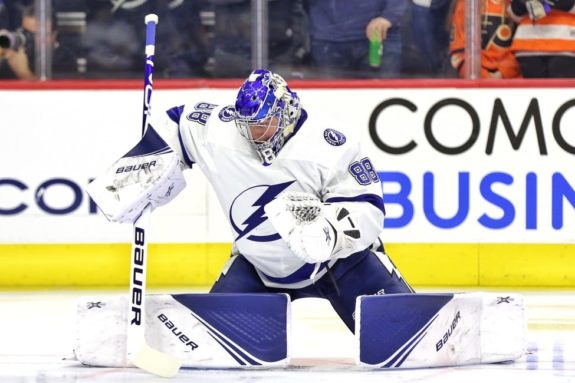
Vasilevskiy started 42 regular-season games for the Lightning, while Fleury started 36 games for the Golden Knights. Moreover, Vasilevskiy saved 1,144 of the 1,237 shots he faced over the course of the season and only allowed 93 goals (the 1,144 saves were second in the NHL behind Connor Hellebuyck, who saved 1,223 shots). Fleury, on the other hand, saved 918 of the 989 shots he faced while allowing 71 goals, indicating that the 22 fewer goals came as a result of fewer games started and a significantly lower number of shots on the net. Diving deeper into the volume that the two goaltenders faced, the Lightning allowed a full shot more on the net per game than the Golden Knights, allowing 28.3 shots against per game while allowing 29.4 shots per game when their world-class goaltender was starting for the team.
A goaltender that starts one game and saves 20 shots in a shutout will have the best numbers in the NHL but will easily be discredited since the performance was only one game. However, even in measuring full season or even career success, it’s important to look at the number of shots the goalie faced and the workload considering a good defense can cover up the struggles of a goaltender or simply make them look better. This is why I consider the number of shots a goaltender faces in addition to the save percentage and goals against average when trying to quantify a goaltender’s statistics since they can be misleading otherwise.
How to Understand Hockey Statistics
Hockey is a visual sport, and the best judgments are made from watching the games and the players that make the game of hockey what it is. Stats are flawed and, by design, fail to describe what they are intending many times. Advanced stats have revolutionized the understanding of the game and are only growing at a more rapid rate with the acceleration of technology and metrics. The major takeaway of stats, especially basic ones, is understanding the implications provided. What do 10 goals and 20 assists tell us about a player? What does a .920 save percentage tell us about a goaltender when they are facing 30 shots per game? Stats can be misleading, but when applied correctly, they allow us to understand the game better than ever before.